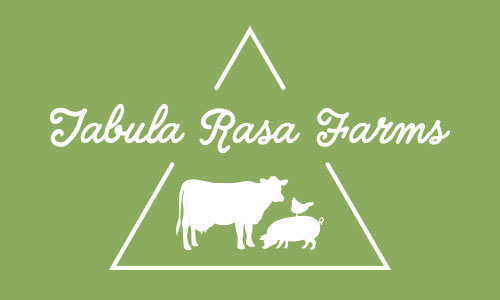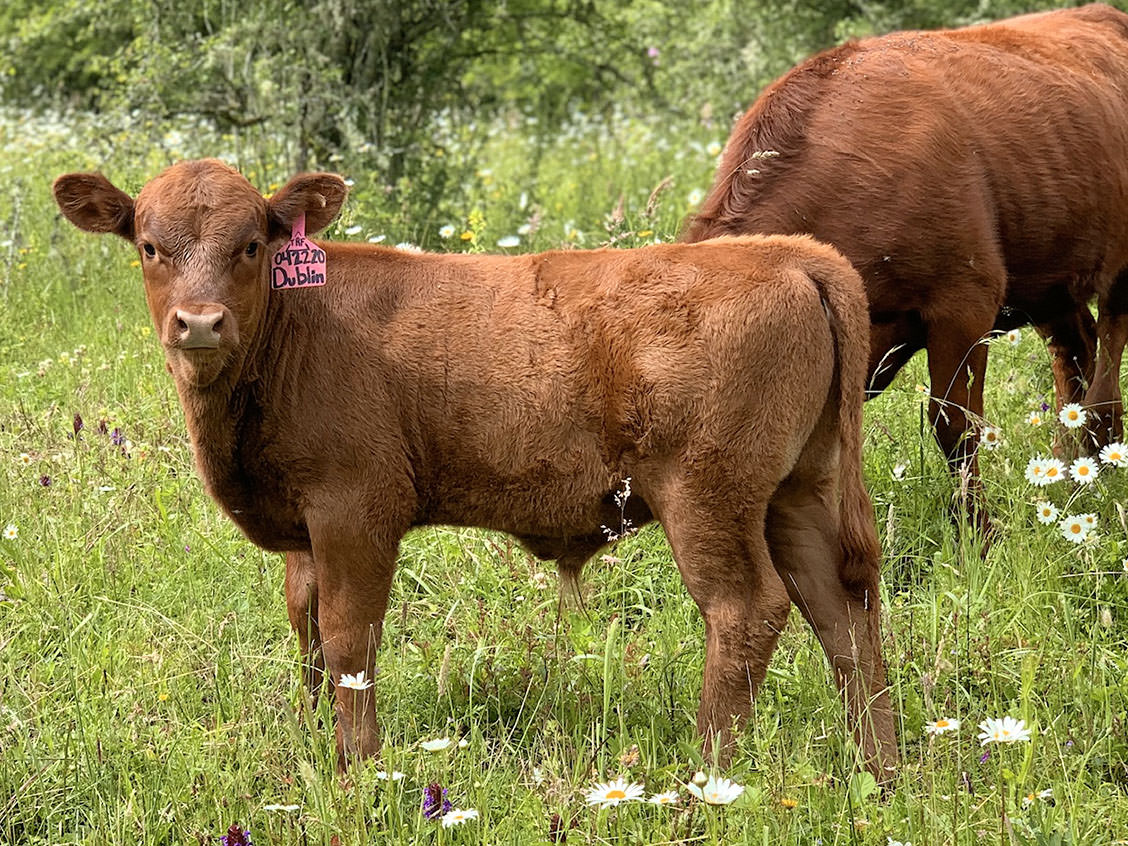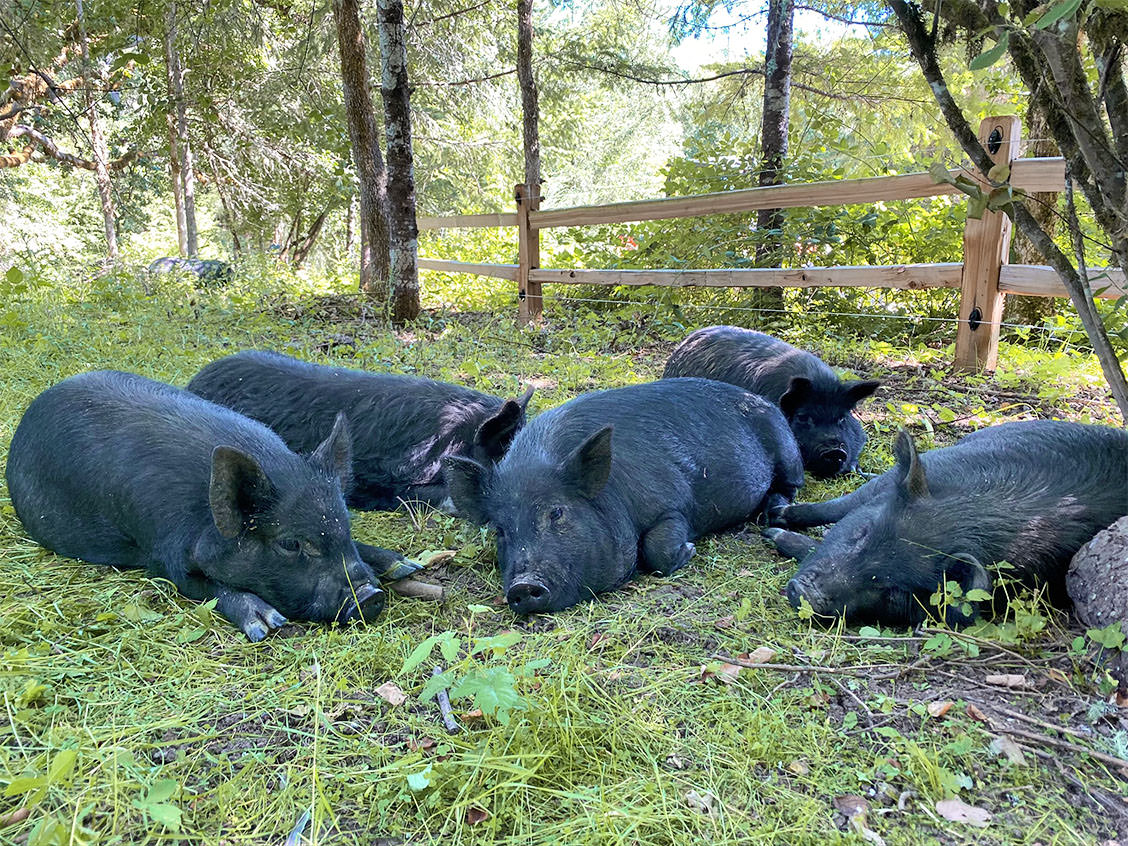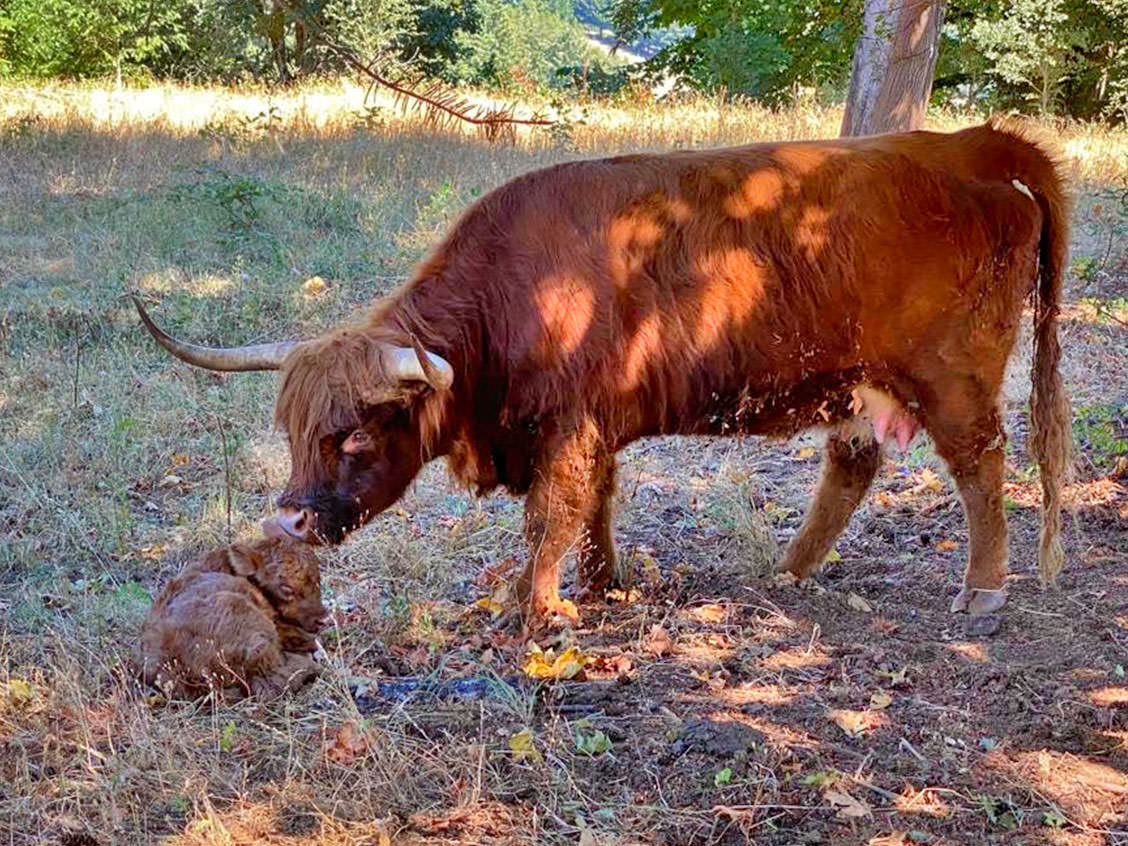
Nose to Tail Eating
Have you ever wondered why when we think of meat we think predominately of steaks, chops, tenderloins and other prime cuts? It’s not by accident. What we see in the supermarket meat case has been shaped by industrialized farming, big ag, the factory farm.
It boils down to profit.
Liver, kidneys, marrow bones and the like have all but disappeared from American grocery stores. Why? Because they are hard to process and worse not always saleable given the cramped unhealthy conditions factory farm animals often endure. What isn’t cost effective is cast aside and that has translated into unprecedented waste by the food industry.
Wander into a Chinese grocery and you are likely to encounter a different story, a vast array of meat you don’t recognize. Look at any old cookbook and you’ll see delicious recipes for the things most meat processors throw away today. Think steak and kidney pie, oxtail stew, liver and onions, ham hocks and beans, braised pork belly, roasted bone marrow on toast.
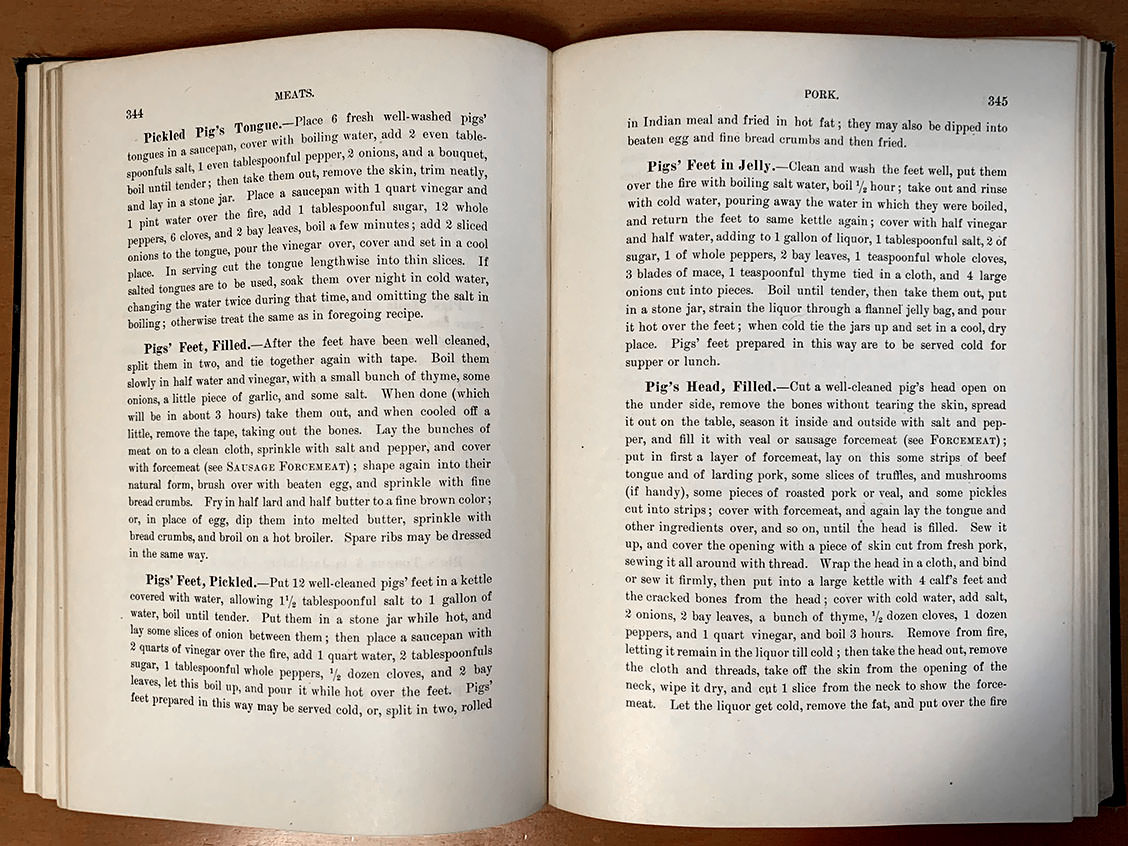
European and American Cuisine by Gesine Lemcke, 1909
The fact is some of these cuts are the most nutrient dense parts of the animal. They provided the vitamins and minerals that allowed human beings to thrive from our earliest days as hunters. Our ancestors ate every part of the animals they hunted. Nothing was wasted.
Our ancestors ate every part of the animals they hunted. Nothing was wasted.
It may seem strange at first. As a culture we’ve become so far removed from the source of foods it’s easy to forget our meat is coming from living breathing animals. As a farmer, I don’t raise a pork chop or a steak. I raise whole, wonderful animals with love and respect for the gifts they give us.
Eating nose to tail means eating the muscles, the organs and everything in between. It is about honoring the whole animal. It’s about treating that animal with respect in both life and death.
I believe that the regenerative farming movement can restore a better relationship with our food and how it is cultivated. We have paid a high price for big ag. Disrupted ecosystems, pollution and unimaginable cruelty to animals raised so inhumanely. Yes, it costs more to raise our animals with dignity and respect on open pastures filled with love. Don’t we owe them that?
Nose to tail eating is a growing movement among those who care about what they eat and demand that the animals they eat are raised humanely and naturally. It’s a return to sustainability. A repudiation of waste and happily an adventure in new tastes, textures and flavors.
Over the coming months, I’ll be sharing some recipes for what Chef Jennifer McLagan called Odd Bits in her cookbook dedicated to subject. While you may not be ready to take the plunge into organs or tripe, a great way to get started is with protein rich bone broth. It’s easy to make and rich in vitamins and minerals.

Here’s a link to a great bone broth overview and recipe by Jenny McGruther, a holistic nutritionist and a Certified Nutritional Therapist and food educator. And if you have any recipes for eating nose to tail, we would love to see and share them.

Finally, if you haven’t placed your order yet for our December pastured pork harvest, hurry. We still have a few boxes left. The Whole Half Hog box and the Artisan Chef box have the bones you’ll need to make your bone broth plus some nice odd bits. You can see our full selection and order below.

Nose to Tail Eating
Have you ever wondered why when we think of meat we think predominately of steaks, chops, tenderloins and other prime cuts? It’s not by accident. What we see in the supermarket meat case has been shaped by industrialized farming, big ag, the factory farm.
It boils down to profit.
Liver, kidneys, marrow bones and the like have all but disappeared from American grocery stores. Why? Because they are hard to process and worse not always saleable given the cramped unhealthy conditions factory farm animals often endure. What isn’t cost effective is cast aside and that has translated into unprecedented waste by the food industry.
Wander into a Chinese grocery and you are likely to encounter a different story, a vast array of meat you don’t recognize. Look at any old cookbook and you’ll see delicious recipes for the things most meat processors throw away today. Think steak and kidney pie, oxtail stew, liver and onions, ham hocks and beans, braised pork belly, roasted bone marrow on toast.

European and American Cuisine by Gesine Lemcke, 1909
The fact is some of these cuts are the most nutrient dense parts of the animal. They provided the vitamins and minerals that allowed human beings to thrive from our earliest days as hunters. Our ancestors ate every part of the animals they hunted. Nothing was wasted.
Our ancestors ate every part of the animals they hunted. Nothing was wasted.
It may seem strange at first. As a culture we’ve become so far removed from the source of foods it’s easy to forget our meat is coming from living breathing animals. As a farmer, I don’t raise a pork chop or a steak. I raise whole, wonderful animals with love and respect for the gifts they give us.
Eating nose to tail means eating the muscles, the organs and everything in between. It is about honoring the whole animal. It’s about treating that animal with respect in both life and death.
I believe that the regenerative farming movement can restore a better relationship with our food and how it is cultivated. We have paid a high price for big ag. Disrupted ecosystems, pollution and unimaginable cruelty to animals raised so inhumanely. Yes, it costs more to raise our animals with dignity and respect on open pastures filled with love. Don’t we owe them that?
Nose to tail eating is a growing movement among those who care about what they eat and demand that the animals they eat are raised humanely and naturally. It’s a return to sustainability. A repudiation of waste and happily an adventure in new tastes, textures and flavors.
Over the coming months, I’ll be sharing some recipes for what Chef Jennifer McLagan called Odd Bits in her cookbook dedicated to subject. While you may not be ready to take the plunge into organs or tripe, a great way to get started is with protein rich bone broth. It’s easy to make and rich in vitamins and minerals.

Here’s a link to a great bone broth overview and recipe by Jenny McGruther, a holistic nutritionist and a Certified Nutritional Therapist and food educator. And if you have any recipes for eating nose to tail, we would love to see and share them.

Finally, if you haven’t placed your order yet for our December pastured pork harvest, hurry. We still have a few boxes left. The Whole Half Hog box and the Artisan Chef box have the bones you’ll need to make your bone broth plus some nice odd bits. You can see our full selection and order below.
